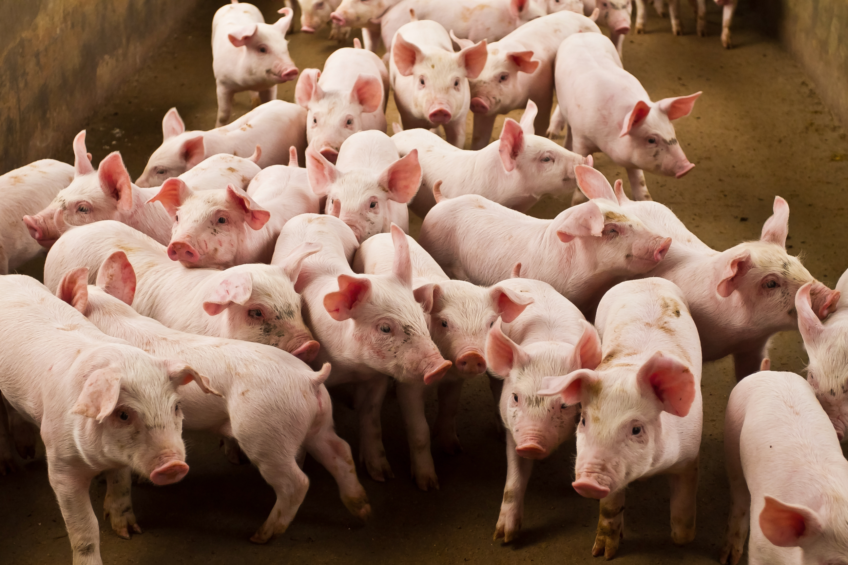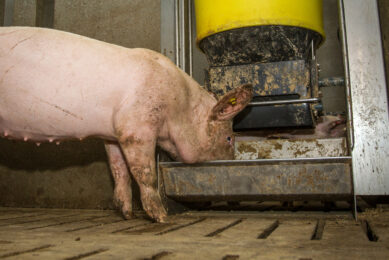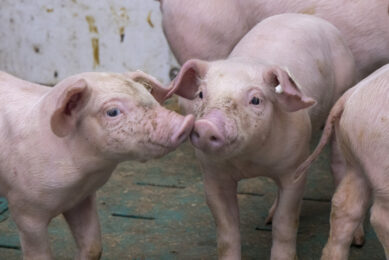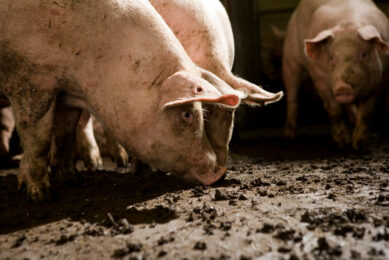Irish pig farmers can expect a second profitable year

Irish pig farmers can expect a profitable income this year, based on pig prices remaining on a high level. That would be the second year with a profit, following an income loss for 20 consecutive months from August 2021 to March 2023. The average financial loss was €522,000 per pig farm, the Agricultural and Food Development Authority Teagasc reports in its ‘Situation and Outlook Report’.
Government support, via the Pig Exceptional Payment Scheme (PEPS) measure, limited the sow reduction. Irish pig slaughter has now stabilised, but slaughter in 2024 is expected to be 0.5 million head lower, Teagasc says. However, the Central Statistics Office recently estimated pig slaughter to be approximately 1.9 million heads for January to July 2024, an increase of 0.5% compared to the same period in 2023.
Tight pig supply
The Irish pig price for July 2024 stood at 2.40c/kilo. That pig price has increased from a moderate level in January 2024 (€2.09/kilo) to the current high due to the relatively tight pig supply volume, Teagasc says. Irish and EU pig prices are expected to remain at a relatively high level for the remainder of 2024, although higher Q4 Spanish output may cause a moderate price decrease.
Decreasing pig prices
On the other side of the equation, input costs did come down for the Irish pig farmers too. Prices of feed, which represents 72% of total production costs in Irish pig farming, are decreasing further after the historic highs of 2022. Cereal ingredient prices have fallen by approximately €160/tonne from the peak in October 2022. Composite pig feed prices decreased by 3% in 2023 and are forecast to fall by a further 15% in 2024 on an annualised basis. Energy prices too are lower than before. Teagasc now expect the average pig production cost to be around €1.90 per kilo.
Pig meat supply
The overall EU pig meat supply has stabilised following significant declines (-9%) in the previous 2 years. Spain, the largest EU pig producing country, increased its slaughter output by 1.9% in Q1 2024. This is expected to further increase as the year progresses, Teagasc says. The 2024 pig slaughter throughput in the other large EU producers are either stable or in decline. Denmark shows a decrease of 11% so far this year while pig meat production in the Netherlands is down 3.4%, Teagasc reports.
Sow herd does not change
The EU sow herd is expected to remain unchanged in 2024, after significant declines in 2022-2023 (-8%). The EU pig meat consumption has declined marginally in recent years. Teagasc expects this trend to continue, with EU domestic consumption forecast to fall from 31.8kg to 30kg per capita. EU pig meat exports in Q1 2024 (1.085 MT) declined by 8% y-o-y, reflecting lower EU supply and higher EU domestic pig prices. The EU export destinations with the highest decline in volume YOY Q1 were China (-22%), Japan (- 16%) and the UK (-3%).











